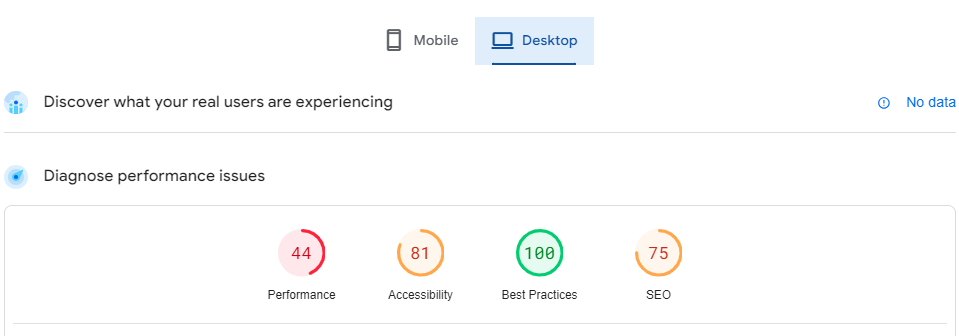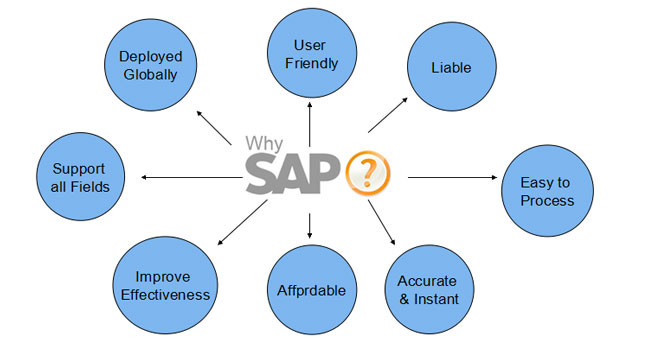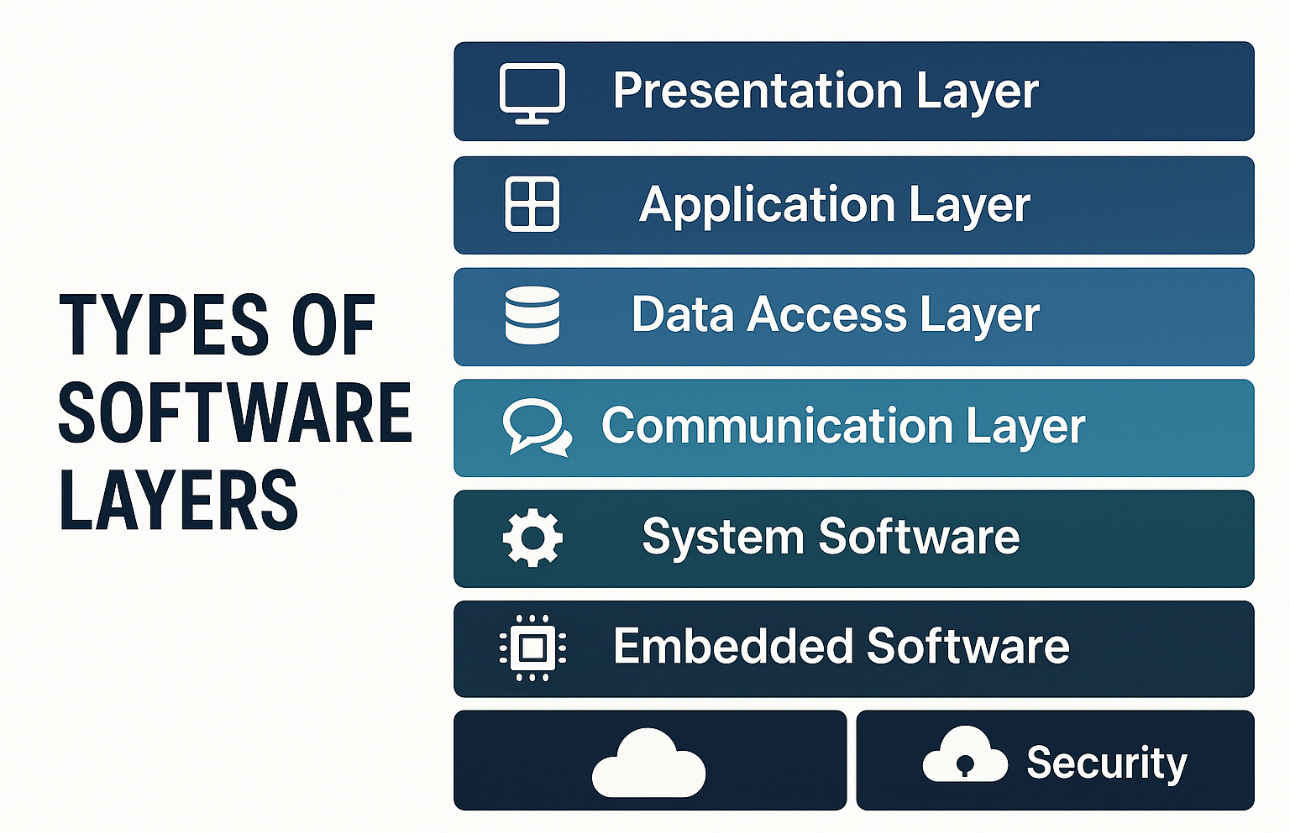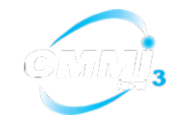
In today’s digital age, where attention spans are shortening and competition is fierce, every millisecond counts when it comes to website performance. Page speed optimization is one such important technique and factor that can make or break your website’s user experience and website’s search engine ranking. In this blog, we will discuss the importance of page speed optimization, key principles, and practical strategies to accelerate the success of your website.
Understanding the Importance
Page speed doesn’t just mean how fast your website loads; It’s all about user satisfaction and engagement. Research indicates that users expect websites to load in less than two seconds, and delays longer than that can lead to increased bounce rates and decreased conversions. Furthermore, search engines like Google prefer fast-loading websites, considering page speed as an important ranking factor. Thus, optimizing your website for speed is not just a technical endeavor; This is a strategic necessity to enhance the user experience and maximize your online visibility.
Key Principles of Page Speed Optimization
1) Minimize HTTP requests: Each element on a web page, such as images, scripts, and stylesheets, requires a separate HTTP request. By reducing the number of these requests, either by combining files or removing unnecessary elements, you can significantly improve page load times.
2) Optimize Images: Images often make up a large portion of a web page’s file size. By compressing images without compromising quality, choosing the appropriate file format (such as JPEG, PNG, or WebP), and taking advantage of lazy loading techniques, you can ensure fast load times while maintaining visual appeal.
Enable browser caching: Browser caching allows elements of a web page to be stored locally on the user’s device, reducing the need to re-download them every time the page is visited. By setting appropriate cache headers, you can enable efficient caching and speed up subsequent page loads.
3) Minify and combine files: Minification involves removing unnecessary characters, such as whitespace and comments, from code to reduce file size. Concatenation involves combining multiple files into one file, thereby reducing the number of HTTP requests. Both technologies can significantly improve load times by optimizing code delivery.
4) Prioritize content above the first display screen: that is, the part of the webpage visible without scrolling, ensuring faster predictable load times. Techniques like asynchronous loading and critical CSS delivery for the rest of the screen that follows a scroll can enhance user experience and engagement. Keep videos, images and other time consuming scripts like Google Maps loaded after the lightweight and basic structure is loaded. Similarly, other third party scripts & codes like chat code, analytics code, social media share etc. should be loaded only after the entire page is loaded.
5) Use a content delivery network (CDN): CDNs distribute your website’s content across multiple servers around the world, reducing latency by delivering content from servers closer to the user’s location. By leveraging a CDN, you can ensure faster load times and better reliability, especially for global audiences.
Practical Strategies for Optimization:
1) Perform regular audits: You can perform comprehensive audits of your website performance using tools like Google PageSpeed Insights, GTmetrix, or Pingdom. Identify areas for improvement in page speed optimization and prioritize optimization efforts based on their impact on load times.
2) Optimize server response times: Make sure your web hosting infrastructure is optimized for speed with fast server response times and minimal downtime. Consider upgrading to a dedicated server or using cloud-based hosting solutions for better performance and scalability.
3) Implement caching mechanisms: Use server-side caching mechanisms, such as opcode caching and Redis, to store frequently accessed data and reduce database queries. Additionally, take advantage of client-side caching technologies, such as browser caching and CDN caching, to improve load times for returning visitors.
4) Enable Gzip compression: Enable Gzip compression to reduce the size of text-based resources such as HTML, CSS, and JavaScript files before they are transmitted over the network. This can result in a significant reduction in file size and faster load times for your website.
5) Optimize third-party scripts: Third-party scripts, such as analytics trackers and social media widgets, can cause latency and page loading delays. Evaluate the needs of each script and consider asynchronous loading or delayed loading techniques to reduce their impact on performance.
6) Monitor and Iterate: Performance optimization is an ongoing process. Constantly monitor your website’s performance metrics and user feedback, and focus your optimization strategies accordingly. Regularly test new techniques and technologies to stay on top and ensure optimal page speed.
7) Other: There are many other small things that affect the performance of your website such as defining the height and width of images, videos, iframe elements. Loading the same image in different sizes for different devices according to screen size. Using alt tags, titles properly. Provide adequate size to buttons, clickable links for user visibility, proper foreground-background color contrast of buttons, etc. Compressing all images to the minimum extent possible. Resolving console errors, removing unnecessary code, minimizing DOM size, etc.
conclusion
Page speed optimization is a multifaceted effort that encompasses a variety of technical principles and practical strategies aimed at enhancing website performance and user experience. By understanding the importance of page speed, following key optimization principles, and implementing practical strategies, you can accelerate your website’s success, improve search engine rankings, and delight users with lightning-fast load times. Can. In today’s digital landscape, where every second counts, prioritizing page speed optimization isn’t just a recommendation – it’s a competitive necessity.
Post a comment Cancel reply
Related Posts
Empowering Business Analysts: How AI is Revolutionizing Agile Practices
In today's fast-paced digital landscape, Agile methodologies are no longer optional— they're essential for organizations…
What is SAP? How does it work?
The full form of "SAP" is “Systems Applications and Products in Data Processing” which is…
Optimizing React Performance: An Advanced Guide for Scalable Applications
In today’s fast-paced digital ecosystem, software systems have become the backbone of every enterprise’s technological…
Types of Software Layers
In today’s fast-paced digital ecosystem, software systems have become the backbone of every enterprise’s technological…


















